
The league often is referred to as the winter league because many Major League Baseball (MLB) players spend their off-seasons there developing their skills.
Puerto Rico takes great pride in its baseball tradition. That pride is visible in the support from fans. It also can be seen in the enthusiasm and camaraderie of the players who are selected to represent Puerto Rico in international competition, such as in the World Baseball Classic that is played every four years. Puerto Rico has produced many Major League players including Hall of Famers Orlando Cepeda, Roberto Alomar, and Iván Rodríguez. Yet the greatest baseball player to hail from the small Caribbean island is Roberto Clemente. He has become known as the "Babe Ruth" of Puerto Rico. Roberto Clemente e rto Walker was born in 1934, in Carolina, Puerto Rico. He was the youngest of seven children in a family without a lot of means. He grew up working alongside his brothers and father, harvesting sugar cane and loading it into trucks.
At a young age, Roberto showed great athletic talent. By the time he was 17 years old, he was a member of the Santurce Crabbers team in the Puerto Rican Baseball League.
DID YOU KNOW?
Hiram Bithorn and Luis Olmo were the first two baseball players from Puerto Rico to play in the Major Leagues. Bithorn, a pitcher, played his first game for the Chicago Cubs in 1942. He played for four seasons.
Olmo, an outfielder, played his first game for the Brooklyn Dodgers in 1943. He played for six seasons, ending his career with the Boston Braves.
This story is from the March 2023 edition of Cobblestone American History Magazine for Kids.
Start your 7-day Magzter GOLD free trial to access thousands of curated premium stories, and 8,500+ magazines and newspapers.
Already a subscriber ? Sign In
This story is from the March 2023 edition of Cobblestone American History Magazine for Kids.
Start your 7-day Magzter GOLD free trial to access thousands of curated premium stories, and 8,500+ magazines and newspapers.
Already a subscriber? Sign In
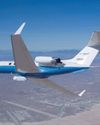
Eye in the Sky
An interview with Joe Piotrowski
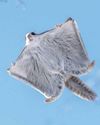
Airborne Animals
Humans have taken to the skies in balloons, gliders, and airplanes-but we're not alone among the clouds. Animals of all sorts have evolved to harness wind power.
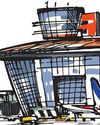
TAKING OFF
The Wright brothers expected airplanes to “take off,” but even they might be amazed at the way the airline industry has become big business. In the past, it was expensive to send something by plane.

GROWTH OF AN INDUSTRY
After their historic flight at Kitty Hawk in 1903, Wilbur and Orville Wright returned to Dayton, Ohio. They spent the next few years making adjustments and building additional versions of their powered aircraft in their bicycle shop.
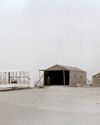
WHY KITTY HAWK?
The Wright brothers searched carefully for the best place to test their gliders and flying machines. Their main concern was for good, steady winds. But they also hoped to find a remote location to allow them to perform tests away from the public eye.
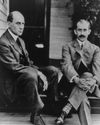
Two Brothers From Ohio
Most people do not realize that the Wright brothers—Wilbur, born in 1867, and Orville, born in 1871—performed various scientific experiments before inventing their aircraft. For as long as anyone in their hometown of Dayton, Ohio, could remember, the Wright boys had worked on mechanical projects.
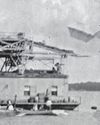
A Helping Hand
May 6, 1896. A group of people who had gathered beside the Potomac River, just south of the U.S. capital, grew quiet. Then, it erupted in cheers as a small, unmanned aircraft took to the skies and flew for more than half a mile. The flight came seven years before the Wright brothers’ first manned, powered flight. The inventor of the aircraft was Dr. Samuel Pierpont Langley.
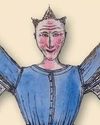
THE IDEA MEN
People dreamed of flying thousands of years before the Wright brothers found success near Kitty Hawk, North Carolina. These dreamers, such as Leonardo da Vinci, studied birds flying and imagined how humans might do the same—if only they had wings. Other men developed a more hands-on approach to the topic. Early inventors made wings of cloth, glue, and feathers and tied these creations to their arms in an attempt to imitate nature.
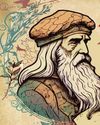
Da Vinci's 4 Designs
Have you ever wondered how a bird flies? Leonardo da Vinci (1452–1519) did. He thought that understanding how a bird flies would provide the key to human flight. So, what did da Vinci learn from birds?
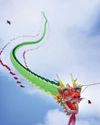
Silken Wings
Seven hundred years before the Wright brothers began experimenting with human flight, the Chinese had already mastered its secrets—with kites.